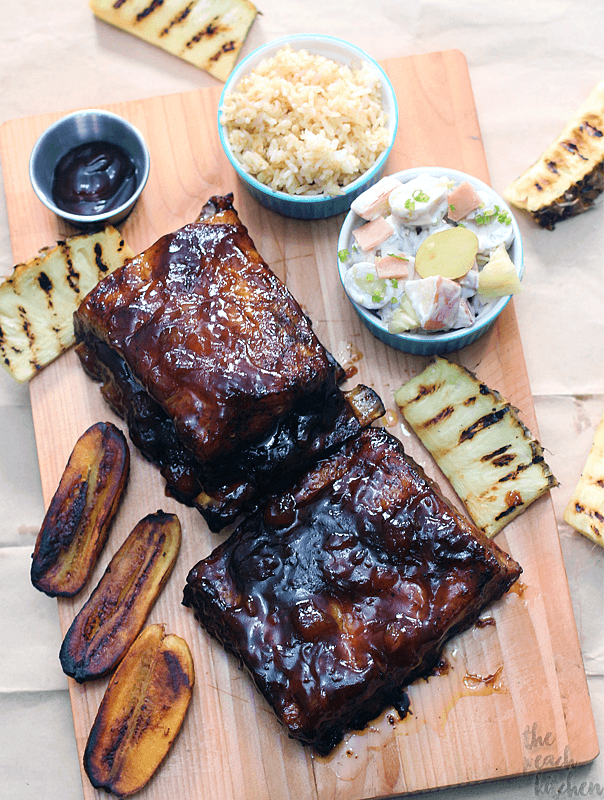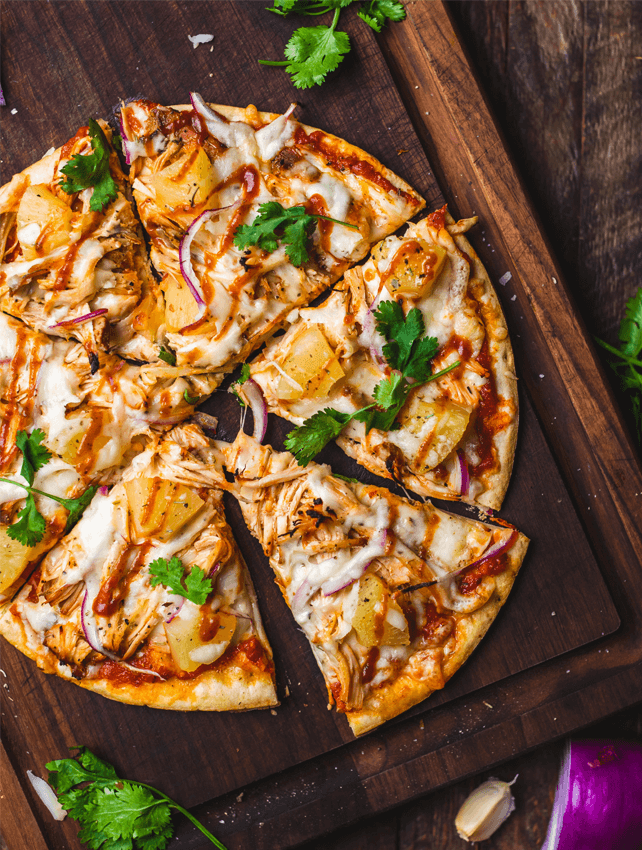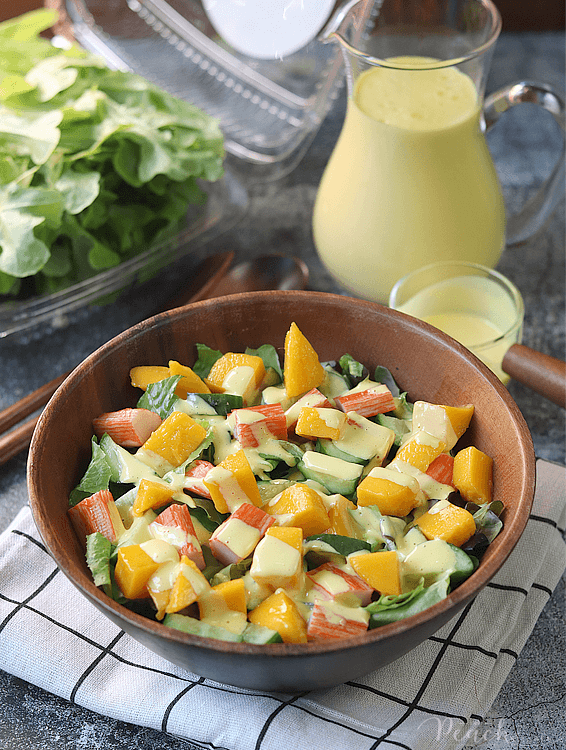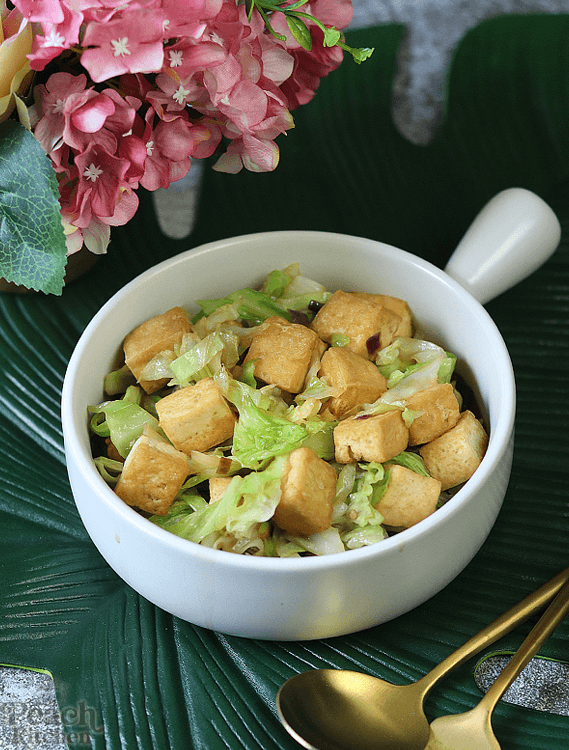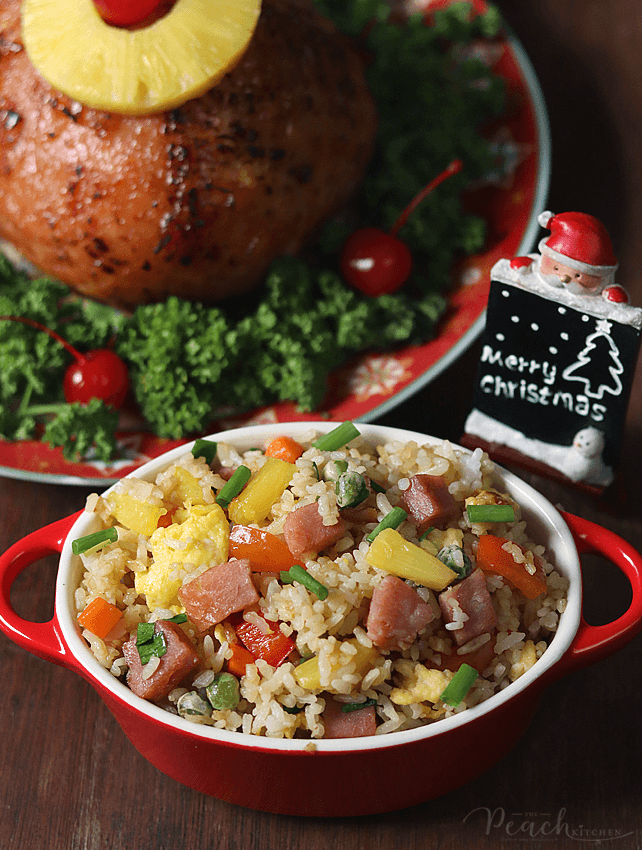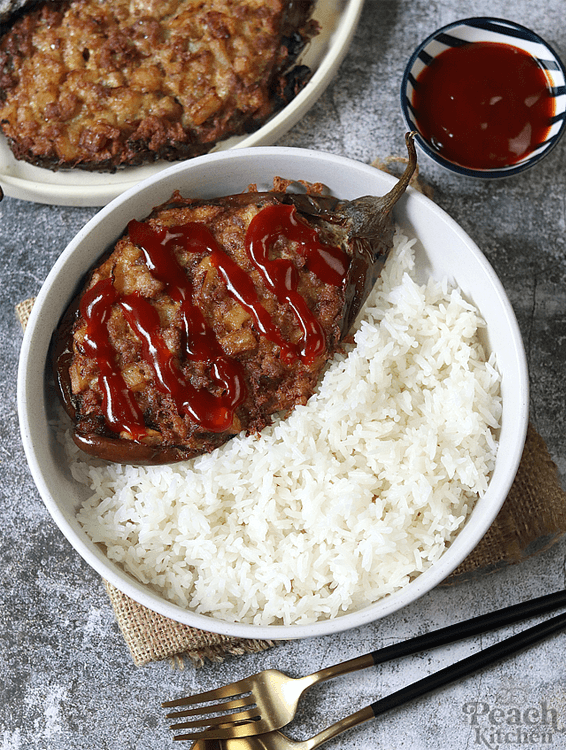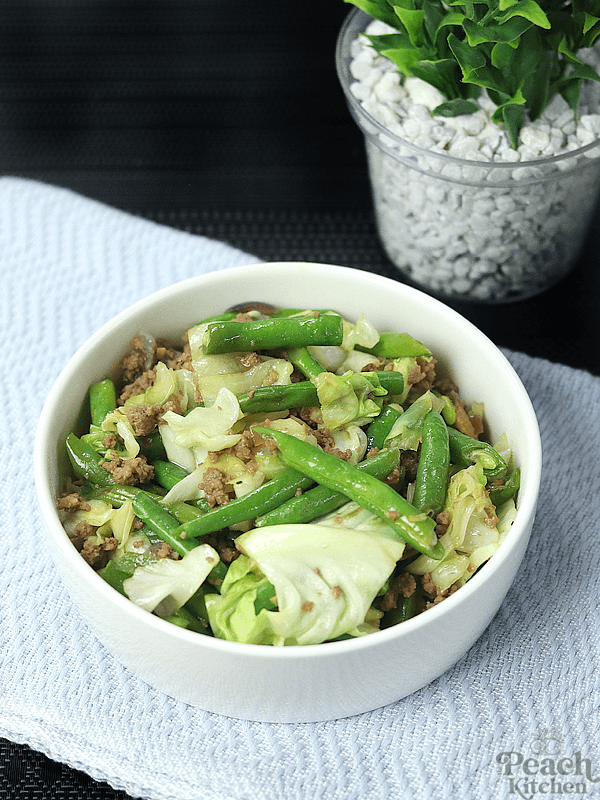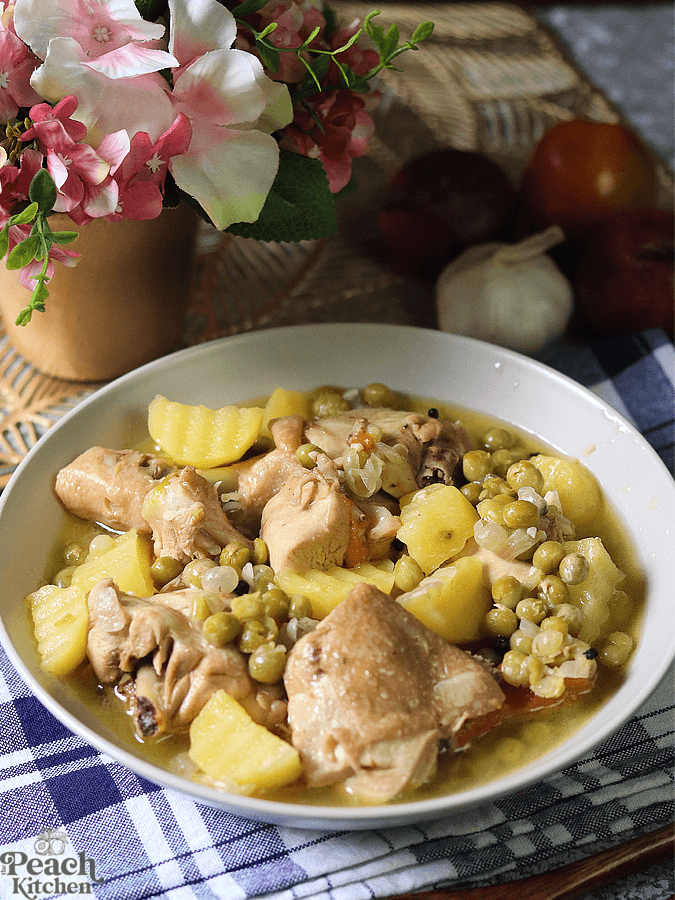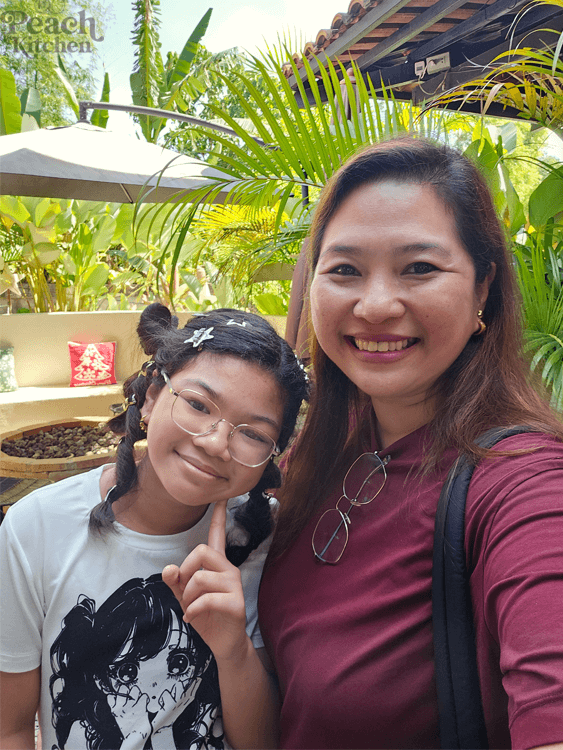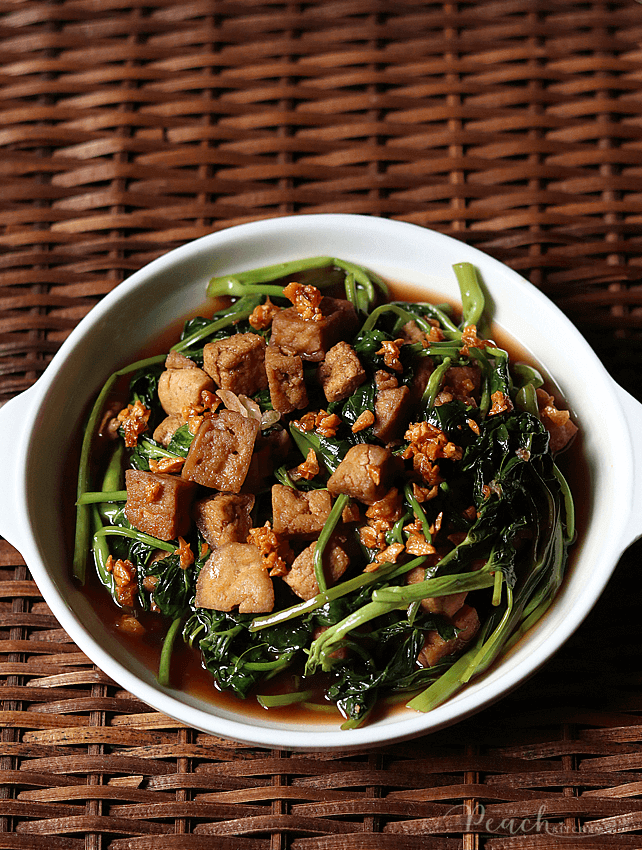Gardening has always been a way to connect with nature and bring beauty into our lives, but in today’s world, it’s also a powerful tool for promoting environmental sustainability. Sustainable gardening involves practices that not only help our gardens thrive but also protect and enhance the environment. This guide will explore how you can transform your gardening practices to be more eco-friendly and create a greener, more sustainable garden.

Understanding Sustainable Gardening
Sustainable gardening focuses on minimizing environmental impact while maximizing the benefits of your garden. It involves practices that conserve resources, reduce waste, and support biodiversity. By adopting sustainable gardening methods, you contribute to a healthier planet and create a garden that is resilient, efficient, and beautiful.
The benefits of sustainable gardening extend beyond the garden itself. Environmentally, it helps reduce pollution, conserve water, and support biodiversity. Economically, it can lower costs associated with water and fertilizer. Health-wise, it encourages the growth of organic produce and reduces exposure to harmful chemicals. By embracing sustainable practices, you contribute to a healthier ecosystem and enjoy a more productive and resilient garden.
Water Conservation Techniques
Water is one of our most precious resources, and using it wisely is crucial for sustainable gardening. There are several techniques you can employ to conserve water and ensure your garden remains lush and healthy.
Drip Irrigation Systems
Drip irrigation is an efficient way to water your garden by delivering water directly to the plant roots. Drip irrigation systems can be particularly effective when used with large planters, allowing for efficient water delivery directly to the root zone minimizing water waste.
This system minimizes evaporation and runoff, ensuring that each plant receives the right amount of water. Drip irrigation can be easily installed and adjusted to meet the needs of different plants, making it ideal for gardens of all sizes.
Rainwater Harvesting
Rainwater harvesting involves collecting and storing rainwater for later use. Installing rain barrels or cisterns can capture runoff from roofs and downspouts. This water can then be used to irrigate your garden, reducing reliance on municipal water sources and lowering your water bill. Rainwater is often better for plants because it’s free of chemicals and additives.
Soil Health and Composting
Healthy soil is the foundation of a thriving garden. Improving soil health through composting and avoiding synthetic fertilizers can lead to a more productive and eco-friendly garden.
Composting is the process of breaking down organic materials, such as kitchen scraps and garden waste, into nutrient-rich compost. This compost can be added to your garden to improve soil structure, enhance fertility, and support plant growth. Composting reduces the amount of waste sent to landfills and provides a sustainable source of soil enrichment.
Green manures and cover crops are plants grown specifically to improve soil health. They are planted during the off-season or between main crops and then tilled back into the soil. These plants add organic matter, improve soil structure, and increase nutrient levels. Common green manures include legumes like clover and beans, which also fix nitrogen in the soil.
Promoting Biodiversity
Biodiversity in your garden helps create a balanced ecosystem and supports a variety of wildlife. By incorporating diverse plants and creating habitats, you can attract beneficial insects, birds, and other animals.
Native plants are naturally suited to the local climate and soil, meaning they need less water, fertilizer, and pesticides than non-native varieties. Choosing native plants not only supports local wildlife but also minimizes the need for synthetic additives in your garden.
Pollinators, such as bees, butterflies, and hummingbirds, play a crucial role in plant reproduction. By planting nectar-rich flowers and providing shelter, you can attract and support these essential creatures. Consider adding a variety of flowering plants that bloom at different times to provide a continuous food source for pollinators.
Reducing Waste in the Garden
Reducing waste is an important aspect of sustainable gardening. By recycling, upcycling, and minimizing plastic use, you can create a more eco-friendly garden.
Recycling and Upcycling
Recycling and upcycling involve repurposing materials to reduce waste and save resources. Old containers, pallets, and furniture can be transformed into garden planters, trellises, or decorative features. This approach not only reduces waste but also adds a unique, personalized touch to your garden.
Turning yard waste like leaves, grass clippings, and branches into compost helps cut down on landfill waste. This process transforms these materials into rich organic matter, which can then be used to enhance soil health and fertility in your garden.
Minimizing Plastic Use
Plastic garden pots and tools contribute to environmental pollution. Opt for alternatives made from sustainable materials, such as biodegradable pots, metal tools, and wooden stakes. These options are more durable and environmentally friendly.
When plastic items are no longer usable, proper disposal and recycling are essential. Check local recycling guidelines and facilities to ensure that plastics are recycled correctly. Avoid single-use plastics and choose products that have minimal environmental impact.
Conclusion
Sustainable gardening is not just about making small changes; it’s about embracing a mindset that prioritizes the health of our planet. By incorporating eco-friendly practices such as water conservation, soil health, and biodiversity enhancement, you can create a garden that is not only beautiful but also environmentally responsible. Every step towards sustainability makes a difference, and together, we can contribute to a greener, healthier world.

